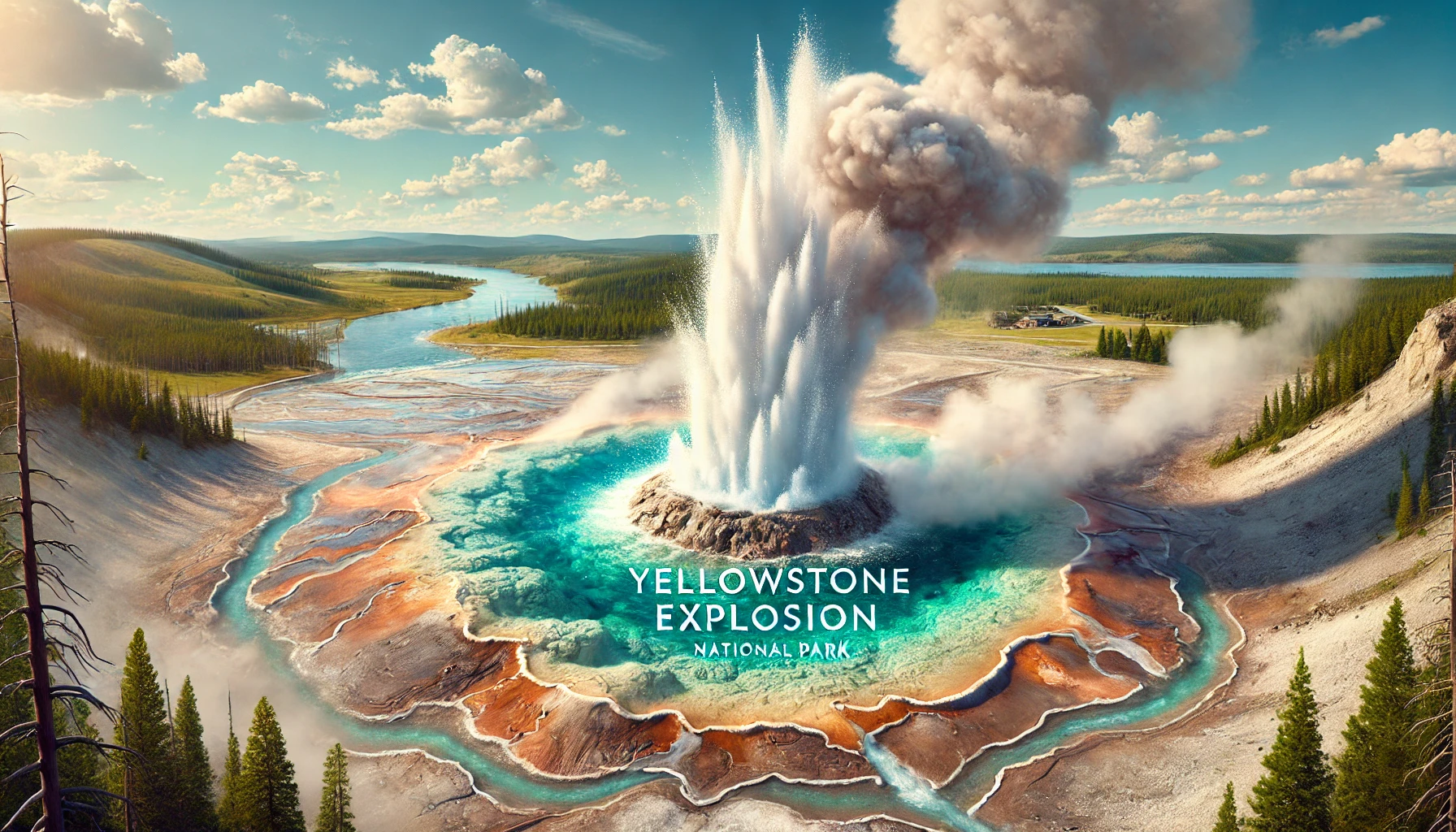Table Of Content
On July 23, 2024, a significant hydrothermal explosion occurred at Biscuit Basin in Yellowstone National Park. This event, which sent steam and debris hundreds of feet into the air, originated near Black Diamond Pool. The explosion caused considerable damage to the nearby boardwalk and ejected rocks as large as three feet wide. Fortunately, there were no injuries reported among the visitors present at the time.
For full information read the official news and alerts about this event here.
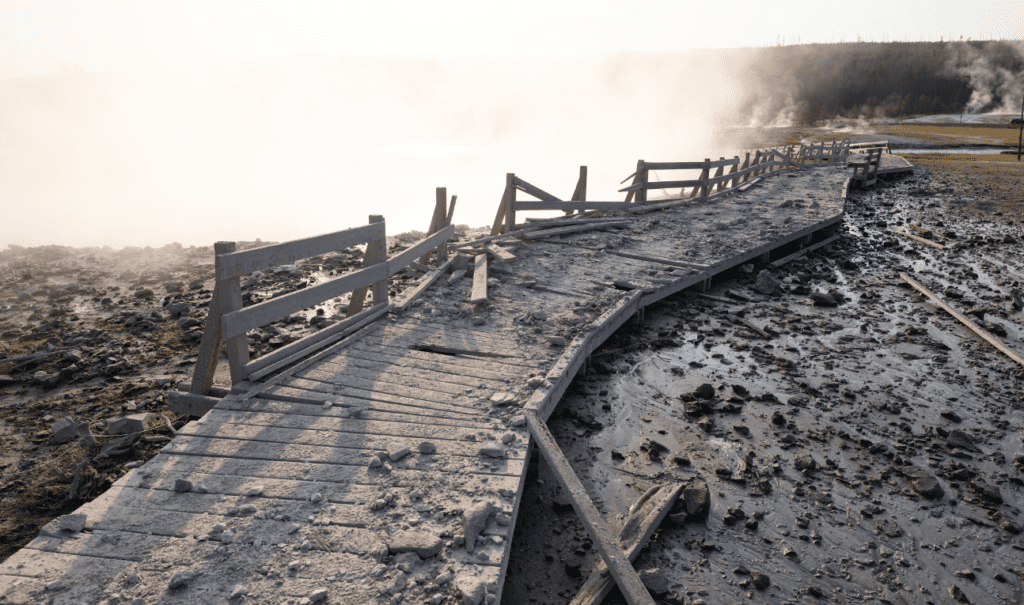
Understanding Hydrothermal Explosions
Hydrothermal explosions in Yellowstone occur when water trapped in underground systems rapidly heats, turning to steam and causing pressure to build up until it bursts through the surface. This latest explosion resulted from such a process, and it was not linked to any volcanic activity. Seismic activity, ground deformation, and gas emissions remained at normal levels, with no detectable signs leading up to the explosion.
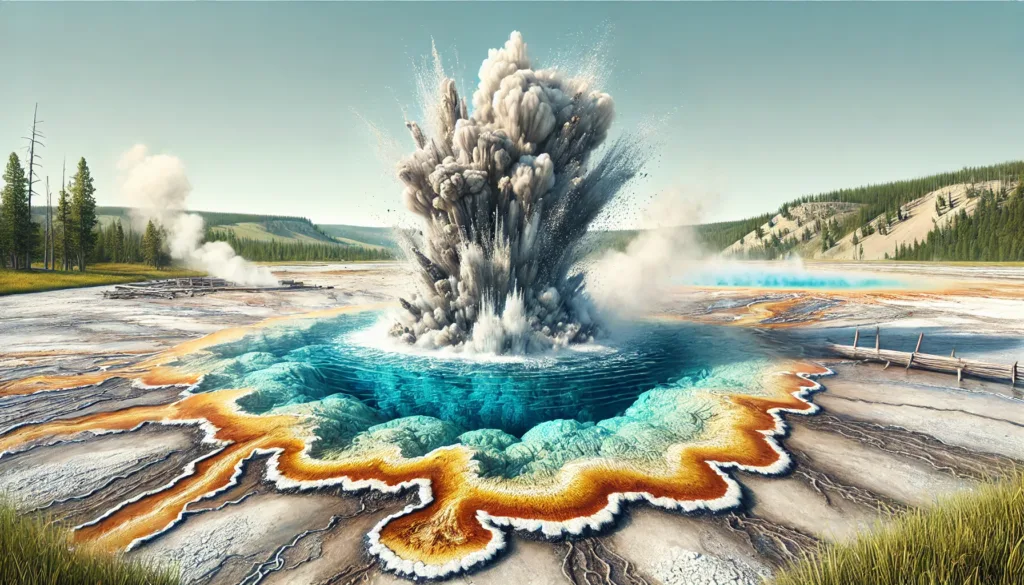
This type of explosion is not uncommon in Yellowstone, which experiences one to a few of these events annually. The hydrothermal system beneath the park is highly dynamic, leading to these sporadic explosions. For instance, similar events occurred in 1989 and April 2024 in different geyser basins within the park.
The Yellowstone Supervolcano
The term “Yellowstone supervolcano” refers to the massive volcanic system lying beneath the park. Yellowstone has had three major caldera-forming eruptions in the past 3 million years. The most recent, the Lava Creek eruption, happened approximately 631,000 years ago, creating the current caldera. Despite these dramatic past events, the recent explosion at Biscuit Basin is not indicative of impending volcanic activity from the supervolcano.
Can AI Help Predict Such Events?
Artificial Intelligence (AI) holds significant potential in monitoring and predicting geological events, including those at Yellowstone. AI can analyze vast amounts of data from seismic activity, ground deformation, and gas emissions to identify patterns that might precede an explosion or eruption. This technology is already being employed by the Yellowstone Volcano Observatory (YVO) to enhance their monitoring capabilities.
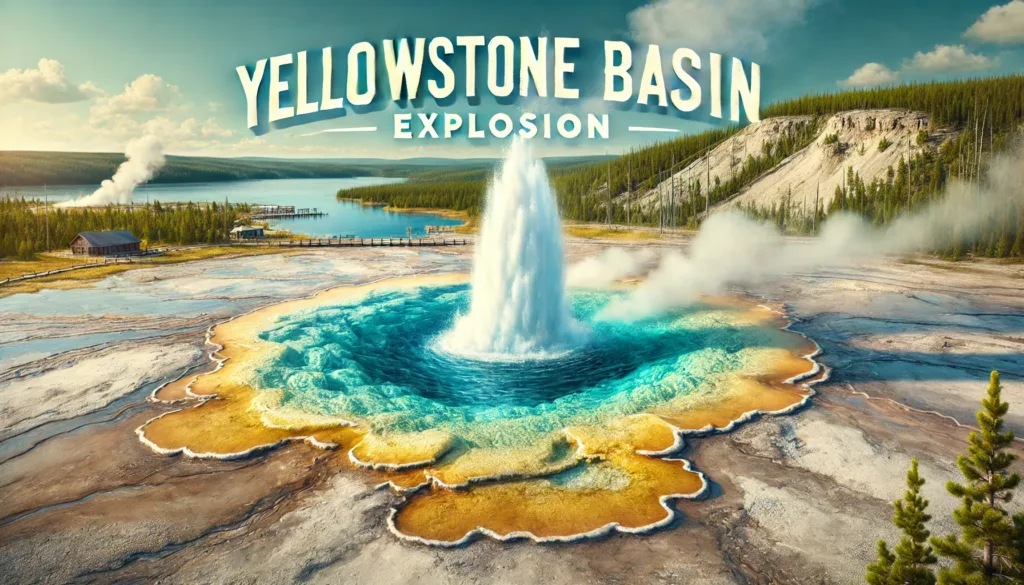
AI can process continuous streams of data from various sensors and detect anomalies much faster than traditional methods. This real-time analysis allows for quicker responses to potential hazards, improving safety measures for both park visitors and surrounding communities.
Ongoing Monitoring and Future Implications
Following the recent explosion, the affected areas, such as Biscuit Basin, have been closed for visitor safety. The National Park Service and the US Geological Survey continue to monitor the site closely, assessing any changes in the hydrothermal system. While the current volcanic alert level remains normal, continued vigilance is crucial in managing the risks associated with Yellowstone’s geothermal activity.
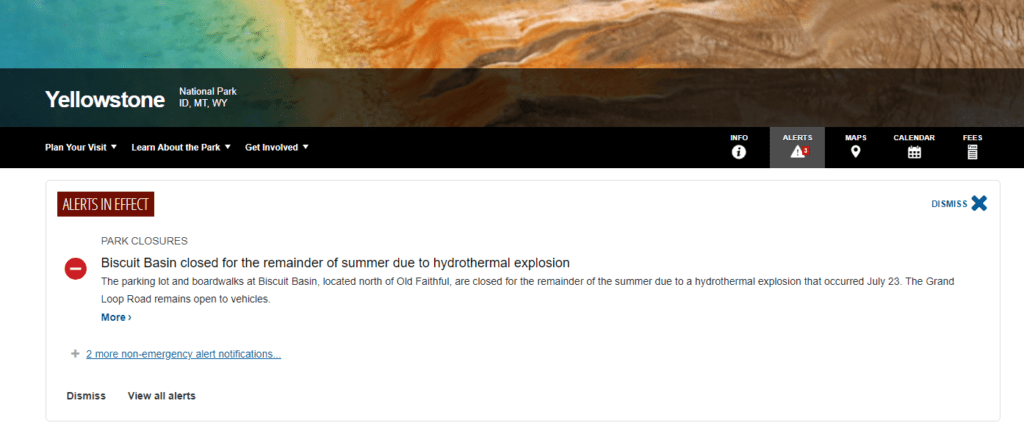
In summary, while the recent explosion at Yellowstone was dramatic, it does not signal an imminent supervolcanic eruption. However, it highlights the importance of advanced monitoring techniques, including AI, in understanding and mitigating the risks posed by one of the world’s most dynamic geothermal regions.

